Key things I've learned working on the provider side with universities
)
Estimated at USD 4.5 billion, the HE SIS Market is huge and forecast to continue growing. Providing commercial advice and support to education providers seeking to procure and implement SIS solutions has given me a grounded practitioner's perspective of the state of the HE SIS market. I thought I'd share some reflections on what it's like trying to procure and implement a new system in this vast and growing market.
1. HE SIS Procurement - It's a long 'journey to the cloud'!
I've supported two institutions with SIS procurements in the last 2 years, one UK based and another in North America. One led to a system purchase using an established framework (they realised a '600k price reduction from list price on their 3-year contract price). The other institution, seeking a 'built for the cloud SIS', chose to pause the procurement, and invest in their in-house system due to prohibitive costs, a poor vendor fit to their detailed functional requirements, and extended timescales to deliver a system with a longer-term plan to migrate to the cloud. None of the systems tendered were 'built for the cloud'.
Comments in the 2019 Gartner HE SIS Market Guide'around cloud readiness among SIS vendors - 'Slow but steady progress continues to be made by vendors and clients in migrating their student information systems (SISs) to new products or updated versions' - were certainly borne out. Similarly, availability of Off the Shelf (OTS) SIS 'best practice configurations' for different administrative areas proved limited, which highlights challenges faced by vendors to design and develop standard system configurations (in theory easier to implement) to accommodate the breadth of highly tailored SIS implementations in the sector.
Faced with a 2-to-4-year implementation of a SIS system by a vendor who is on a 5+ year product renewal / cloud migration journey, brings with it uncertainty around timescales, budget, and return on investment plus the risk of future disruption to business as usual during the transition. Not unlike the dilemma of buying an electric car, when's the right time to make an investment in a new SIS?
My recent experience suggests there isn't currently a good fit in the marketplace for an institution looking for a fully functional Off the Shelf 'built for the cloud' SIS solution although systems may be presented as such.
2. Institutions need to plan for and budget to invest in developing internal SIS resource
Already institutions are vying for scarce expert implementation consultants and developers with knowledge, skills and experience of working with HE SIS systems. As vendors and legacy sites pick up momentum transitioning to the cloud and 'next generation' products, experienced and skilled resource from established vendors is likely to be in even shorter supply with an inevitable impact on customer service for new and long-standing SIS customers.
Do institutions have sufficient internal staff resource or a strategy in place to invest in the development of requisite skills and knowledge to develop, enhance and maintain their SIS? Recent advisory work'I've delivered highlights there's an important role for consultancy service providers able to 'parachute in' specialist skills and knowledge to support institutions managing SIS in administration, registry, systems integration, student support service delivery improvements and other digital initiatives.
3. Cut through digital jargon and address miscommunication where there isn't a shared understanding of terminology
From dialogue with senior leadership teams often involved in digital transformation across multiple IT projects, 'digital transformation' can mean different things to different people depending on their perspective, roles, aspirations and understanding of new technology solutions. Terminology applied differently by different teams leads to differing expectations and confusion.
For SIS implementations to have a chance of being successful ' stakeholders need to be involved early in the process to feed into requirements. The job of mapping out and articulating system and user requirements can benefit from external facilitation so expectations can be set accordingly to avoid aspirational 'wish lists'. Vendors may choose not to engage in a procurement exercise where the requirements are deemed to be unrealistic or appear to be overly onerous.
4. Is now a good time for a disruptor university SIS vendor to enter the market?
Observations in the recent UPP Foundation 'A Student Futures Manifesto''report highlight the extent to which legacy IT systems are impacting the ability of institutions to be student-centric in their service delivery:
"But we became acutely aware of just how much of a sea anchor legacy IT estates are to developing more student-centric digital services. Too much scarce resource is still being spent on running outmoded data architecture, out of support, and siloed systems with large expensive IT teams focussed more on running clunky outmoded systems than on the transformational tools that could change the dial for students. We've made a strong recommendation to address this".
With the very high cost of acquisition for replacement student information systems, and lengthy implementation timescales as out of the box standard configuration implementations don't yet appear to be available, uncertainty, potential hidden costs and disruption to BAU with future cloud and next generation migrations, is it time for a true cloud-based disruptor SIS solution to enter the market?
Factor into the assessment the number of institutions that have only partially implemented and gone live with their SIS components originally purchased, often after many years, then partnering with a new market entrant 'SIS built for the cloud [open and transparent about being in production...]' with a clear product roadmap providing reassurance on delivery timescales, could be a viable option to consider.
This article was written by Phil Sanders, PS EdTech

'In psedtech.com'I have assembled an associate base'of 18 hugely experienced subject matter expert consultants who engage with clients in an open and pragmatic way, providing genuine complementary expertise and specialist advice centred around student information systems, digital teaching and learning and learning management systems. I'm finding it rewarding working with institutions and other clients to provide straightforward advice and hands-on support to help them realise value from their investments in software and information management and address common strategic and operational challenges that can get in the way of helping students be successful.
To discuss any of the above points or for further information please contact info@psedtech.com.'
'
Tags
- built
- cloud
- different
- information
- institutions
- market
- new
- out
- requirements
- s
- service
- sis
- student
- support
- system
- systems
- things
- timescales
- vendors
- working


)
)
)
)
)
)
)
)
)
)
)
)
)
)
)
)
)
)
)
)
)
)
)
)
)
)
)
)
)
)
)
)
)
)
)
)
)
)
)
)
)
)
)
)
)
)
)
)
)
)
)
)
)
)
)
)
)
)
)
)
)
)